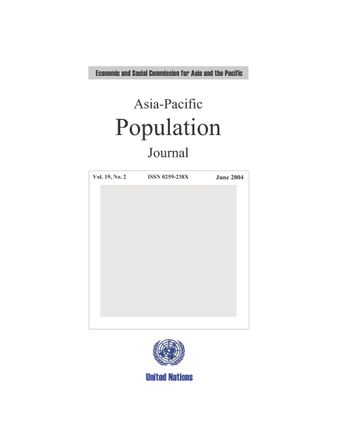-
Unmet need for public health-care services in Mumbai, India
- Source: Asia-Pacific Population Journal, Volume 19, Issue 2, Feb 2005, p. 27 - 40
-
- 11 Feb 2005
Abstract
The rural urban disparities in health outcomes in India are often attributed to urban bias in allocation of resources and location of health-care services. Statistics clearly show that the bed population ratio is higher in urban areas and that those regional inequalities have not seen any significant decline over time (Duggal and others, 1995). This regional imbalance is there in both the public and the private health sector. Further, public spending on health care is also disproportionately higher in urban areas. However, while critiquing the regional bias, it is to be examined whether the urban areas in India, where 22 per cent of the population is residing in slums, has the required number of public health-care facilities. Unlike other urban areas, the matter requires special attention in an urban metropolis in India that is characterized by poor living conditions making the public more vulnerable to diseases, and where poverty levels are likely to be similar, if not worse, than that in rural areas. This could be understood by examining who utilizes those services and for what reasons.





